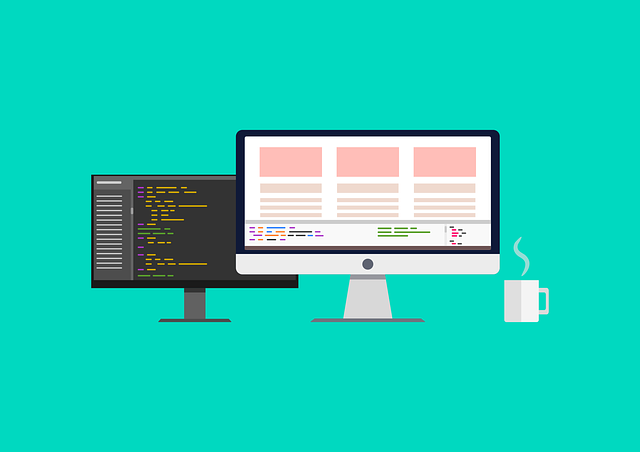All of us love exploring websites with a user-friendly and intuitive web design. However, very few of us realize the effort that goes into front-end web development. While front-end web development is not easy, you can improve your skills by following our tips. Irrespective of whether you are a newbie or a professional, we promise that these tips will help you up your game. If you are running a web design company in Toronto or elsewhere, these tips can increase client satisfaction and help you land high-value clients.
How to Improve Your Front-End Web Development Skills
1. Plan the Project
Even the most senior web developers fail to plan the project adequately. They are overconfident about their abilities and feel that project planning is not a part of their job description. A newbie or junior developer learns from these seniors and adopts a similar mindset. Unfortunately, the lack of planning is one of the major reasons behind poor client satisfaction, project delays, cost overruns, and other issues.
Therefore, the first thing that you must do is plan. You can use platforms like Asana, Trello, or even pen and paper for the planning. Share the plans with the client and other stakeholders. It helps them provide feedback that you can incorporate into the final design. Lastly, it also reduces the probability of change requests.
Good planning helps:
- Complete the project as per the scope.
- Minimize risks.
- Reduce stress.
2. Research
Whether you are a freelancer, employee, or managing a web design company in Toronto, you must conduct comprehensive research before executing the project. This research aims to assess what others have done in similar projects. You can use this information to learn their weak and strong points. With the help of this information, you know precisely which points to avoid and which to incorporate. For example, the latest eCommerce web development tips call for simplifying the checkout process. You would benefit from how online stores cater to this requirement.
3. Learn Different Languages& Frameworks
Utilizing different coding languages and frameworks is the best way to ensure that your front-end web development can attract and retain clients. It will help you cater to clients’ unique needs. In other words, instead of developing a one-size fits all solution for each client, offer them something unique. It will improve your customer satisfaction rate.
4. Refactor the Code
Once you finish a project, don’t think that the job is done. Instead, refactor the code frequently. The reason is that it will help you learn from your mistakes and assess what can be improved. You will avoid the same mistakes in future projects. Kindly note that the purpose of refactoring is to optimize the code and not make any changes to the functionality.
5. Document the Code
Explaining why you wrote the code this way to your juniors, seniors, or clients can be quite challenging, especially when some time has elapsed. Hence, the best advice is to document the code. Even after you look at your code for years, you can understand why it was done.
6. Create Clean & Readable Code
One of newbies' first content writing lessons is to write content for the reader, not Google. The idea is to place the reader, i.e. human, at the center of everything. Writing code is no different from content writing. You must ensure that your code is appealing to the reader. For example, use consistent formatting, clear variable names, avoid repetition, or add comments where necessary.
7. Utilize Automation Tools
Don’t waste your valuable time arguing over petty things. Instead, invest in tools such as ESLint or Prettier to automate your coding as much as possible. These tools help you save time and effort, enabling you to focus on more critical things. For example, ESLint helps detect coding errors and makes formatting suggestions.
8. Learn About Accessibility
Most front-end web deb developers have little knowledge about accessibility. The reason is that they are not taught about it in their courses. Today, accessibility is a key part of any website. Without it, the user experience is disrupted. Therefore, learn about accessibility from any reliable source and incorporate it into the final design.
9. Be Proactive
Another tip is to be proactive. Don't wait for the client/boss to ask for an update. Instead, share regular updates regarding the pace of work. Also, try incorporating the latest trends into the design even if the client has not asked for it. While it may be considered scope creep, it can improve client satisfaction. A better option is to share the suggestion with the client/management team, its impact on the scope, and get their approval before working on it.
10. Keep Investing
Lastly, keep investing in new technologies and skills. It will ensure that your web development skills and services are always on top compared to competitors. Given that you can avail of web development services anywhere in the world, these factors can help differentiate you from others.
Conclusion
It concludes our discussion on the top 10 tips for front-end web development. These tips must be incorporated into your work to ensure ultimate client satisfaction. However, do keep in mind that the above list is not exhaustive. New trends and technologies will come, which you must master.



0 comments:
Post a Comment